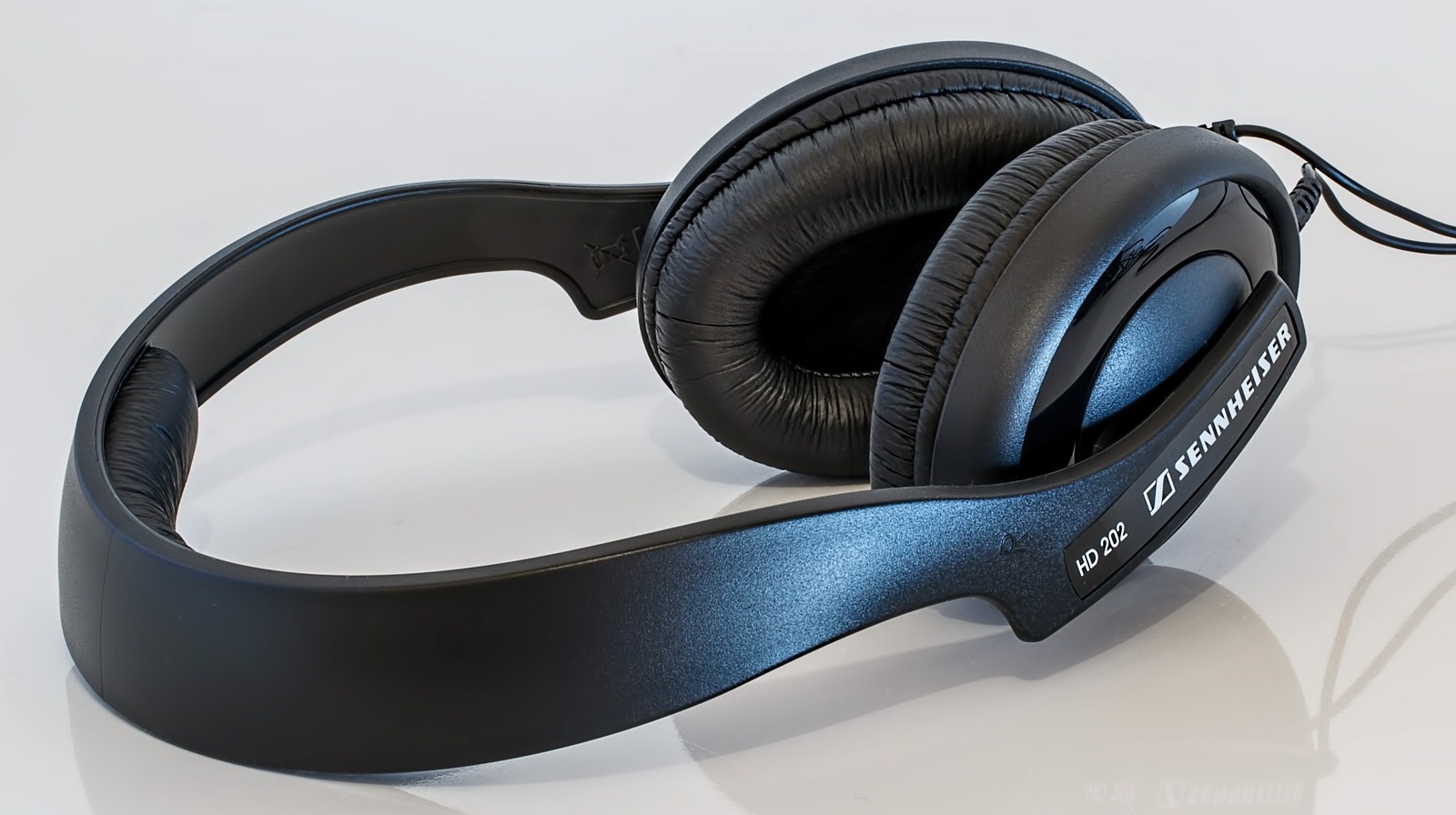Blog > 10 Things You Need To Hear
10 Things Musicians Need to Hear
You often read of a musician who “wore out a recording” by listening to it over and over again. The point is to hear everything from the melody down to the smallest details. Our goal should be to hear something different every time we listen to a record.
Here are ten things you should be listening for:
Solos: Listen to how the solo is constructed. Notice any licks that really catch your ear.
Groove: Pay attention to the rhythmic feel and swing of the music.
Harmony: Try to follow the changes. Are there any interesting chord changes
Melodic Variation: Notice how the melody is being embellished.
Motive Development: Listen to how the soloists develop their ideas
Articulation and Dynamics: Notice how the types of articulation they use and
Phrasing: Listen to how they use space and how their phrases relate to one another
Interaction: Listen to how the musicians interact with one another through their playing.
Form: Keep track of the form and try to always know where you are intuitively
Timbre and Tone: Pay attention to how they vary tone and timbre.
The more we hear, the better we play and if you can’t hear it, you won’t play it. Listening is as important as practice. So make deep listening one of your regular activities.

Blog > 10 Things You Need To Hear
10 Things Musicians Need to Hear

You often read of a musician who “wore out a recording” by listening to it over and over again. The point is to hear everything from the melody down to the smallest details. Our goal should be to hear something different every time we listen to a record.
Here are ten things you should be listening for:
Solos: Listen to how the solo is constructed. Notice any licks that really catch your ear.
Groove: Pay attention to the rhythmic feel and swing of the music.
Harmony: Try to follow the changes. Are there any interesting chord changes
Melodic Variation: Notice how the melody is being embellished.
Motive Development: Listen to how the soloists develop their ideas
Articulation and Dynamics: Notice how the types of articulation they use and
Phrasing: Listen to how they use space and how their phrases relate to one another
Interaction: Listen to how the musicians interact with one another through their playing.
Form: Keep track of the form and try to always know where you are intuitively
Timbre and Tone: Pay attention to how they vary tone and timbre.
The more we hear, the better we play and if you can’t hear it, you won’t play it. Listening is as important as practice. So make deep listening one of your regular activities.








